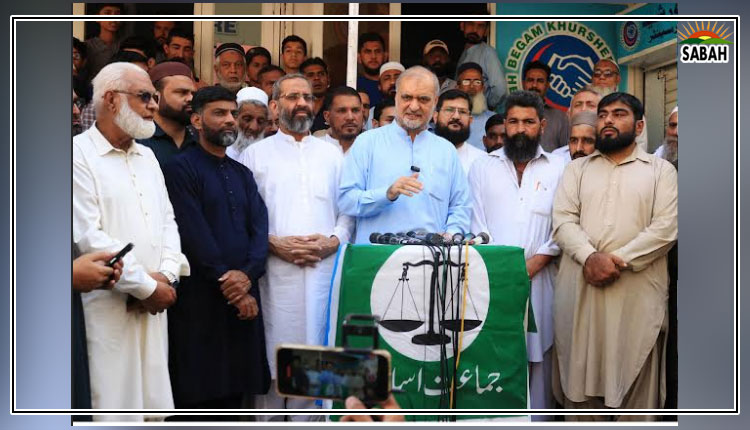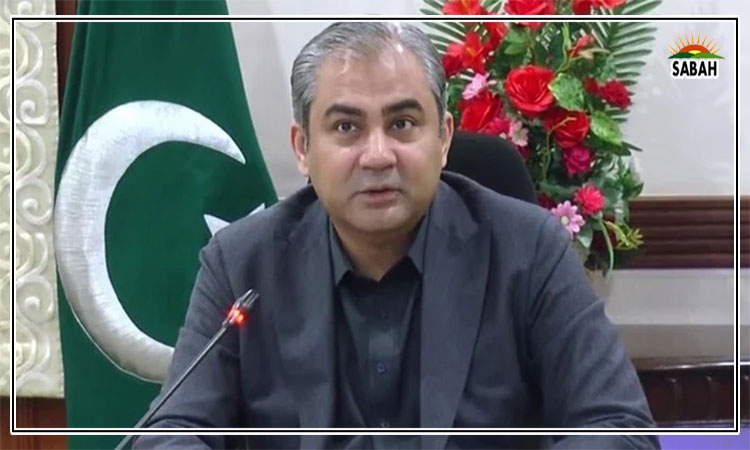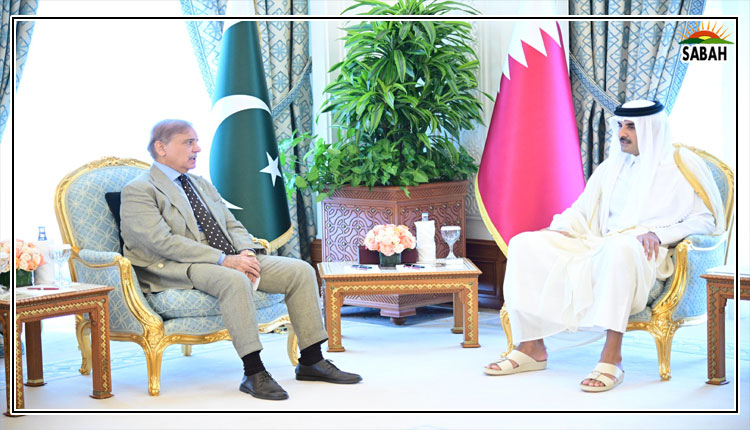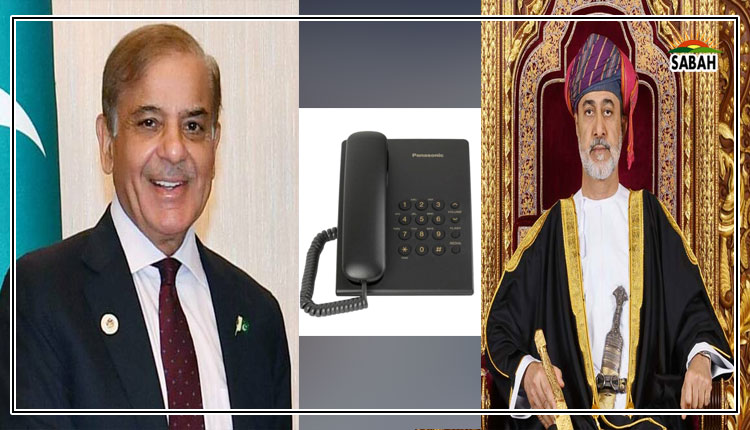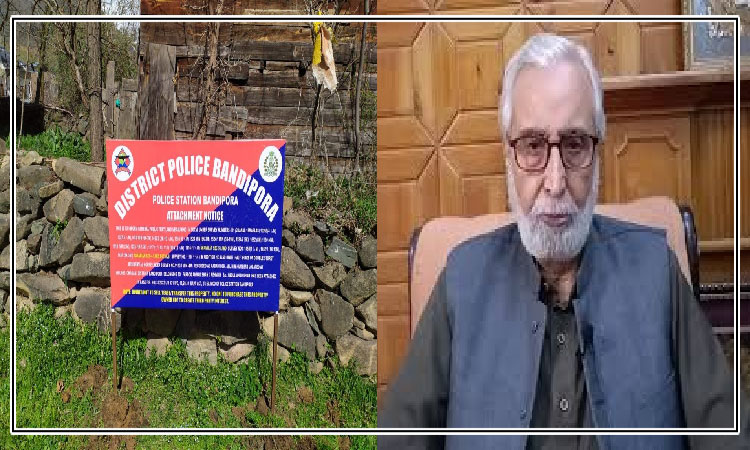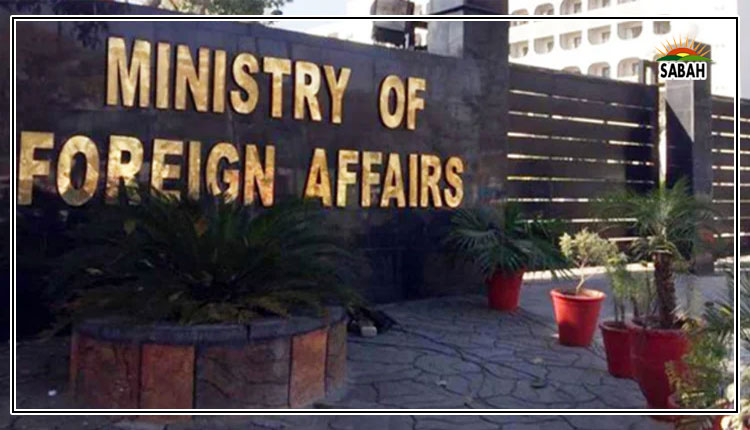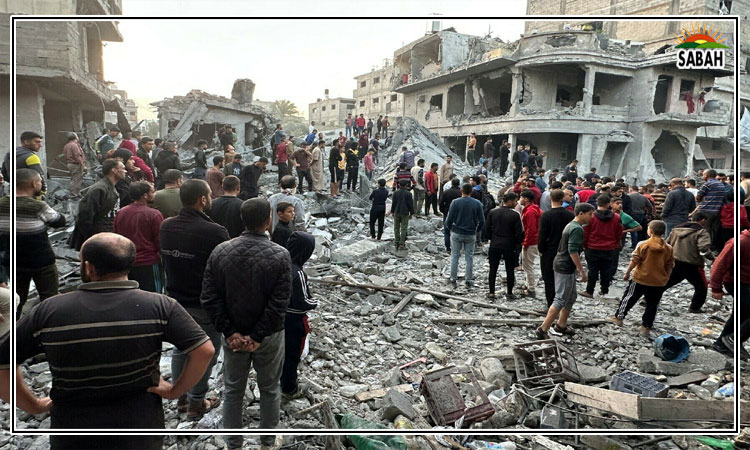Justice beyond the courtroom …. M Shahzar Ilahi
A father plays with his two children in one of the two freshly mowed lawns between the grey structures of the main building and the Chief Justice Complex of the old Islamabad High Court.
Sitting at a nearby bench is the father’s lawyer overseeing the meeting scheduled today, graciously granted by the family judge. The children’s mother, waiting in the adjacent lawn, is informed by her lawyer that time is up. The two proceed to collect the children. The father hands them over after tight hugs and teary eyes. The mother looks visibly distraught as she walks away while the children wave goodbyes to their father until they meet him again next month. The case for the custody of the children continues with only guesstimates in terms of when it will end. The family judge, after all, faces a cause list of more than 80 cases a day.
Pakistan faces a case pendency of 2.3 million with only 4300 judges across the country to adjudicate them. Roughly 60,000 cases are pending before the 16 judges of the highest court of law in the land. According to official figures by the Law and Justice Commission of Pakistan, it takes 15 years on average for a civil case to conclude. To make matters worse, Pakistan’s judiciary currently operates with 20-25 per cent vacant positions, primarily due to the unwillingness or lack of adequate skills among the legal fraternity to qualify as judges.
The highly litigious nature of society, lack of alternative mechanisms to resolve disputes, and dearth of an effective case management system to filter frivolous suits and FIRs are primarily to be blamed for the enormous case backlog, along with an adversarial, centralized, and overly regulated judicial system inherited from former colonizers. Countries faced with similar challenges have tried various methods to rid themselves of their case backlogs; however, only one mechanism seems to stand out in terms of its efficiency and effectiveness: Alternative Dispute Resolution (ADR).
Coined at the Global Pound Conference series held in the late 1970s in the US, the term ‘Alternative Dispute Resolution’ refers to legally and constitutionally-recognized mechanisms and methods of settling disputes outside courts. Negotiation, mediation, settlement conferences, and arbitrations are all forms of ADR, with mediation taking centre-stage as one of the most successful globally-tested dispute resolution mechanisms practised around the world.
Mediation is a process where a negotiated settlement between disputing parties is facilitated by a trained facilitator known as the mediator. Since its formal incorporation into the English justice system following the Woolf Reforms (1998), cases worth GBP190 billion have been successfully resolved through mediation in the UK. Turkiye has resolved more than three million cases since the enactment of the Turkish Mediation Law in 2012, and Chinese courts referred 5.1 million cases in 2020 alone to court-annexed mediation centers. Fifty-six nations are now signatories to the Singapore Convention on Mediation, which allows cross-border settlements to be effectively enforced in member states. What is most encouraging is that Pakistan has formally welcomed mediation, and so far with open arms.
Following the ineffectiveness of the 1940 Arbitration Act, the legislature formally introduced mediation into Pakistan’s legal system through a series of laws and amendments. The Islamabad ADR Act 2017, the amendments to CPC sections 89A & B in Sindh, the Punjab ADR Act 2019, the Khyber Pakhtunkhwa ADR Act 2021, the Balochistan ADR Act 2022, and the recent Gilgit-Baltistan Mediation Bill 2023 (passed by the GB cabinet and awaiting GBA approval) lay down a robust mechanism of mediation across the country that allow for all civil, family, commercial, and similar disputes along with compoundable criminal offences with punishments up to three years to be mediated by accredited and notified mediators.
As per the aforementioned laws, minutes or details of a mediation proceeding are protected and confidential, the maximum time for a mediation is between 45 to 75 days, and robust regulatory oversight mechanisms have been established to ensure the quality of mediators and mediation centers.
The Supreme Court ADR Task Force, headed by Justice Ijaz ul Ahsan with one high court judge and law department representatives from each jurisdiction, is making strides in institutionalizing a robust mediation ecosystem across Pakistan. More than 250 internationally-accredited mediators and 1000 mediation advocates have been trained and notified across Sindh, Islamabad, and Gilgit-Baltistan alone, and various ADR centres offering domestic and international mediation services have been notified by the federal government and the respective provincial high courts.
The Musaliha International Center for Arbitration and Dispute Resolution, a notified ADR centre, has received over 250 court-referred cases for mediation in the last six months alone and maintains a resounding success rate of 78 per cent and an average resolution time of 4-5 days.
Most recently, the Islamabad High Court Court-Annexed Mediation Center was launched, making it easy for the district judiciary to refer matters to a court-managed mediation facility. The presence of internationally accredited mediators in benches across the higher judiciary, such as Justice Jawad Sarwana, Justice Sardar Ejaz Ishaq Khan, Justice Adnan Chaudry, Justice Jawad Hassan, Justice Miangul Hassan Aurangzeb, Justice Tariq Mehmood Jahangiri, Justice Arbab Tahir and Justice Mansoor Ali Shah, has added the much-needed momentum to Pakistan’s Mediation Movement.
Pilot interventions led by provincial governments, high courts, and civil society organizations such as the Legal Aid Society (LAS) have demonstrated incredible results. On the legislative framework side, the LAS provided drafting and technical support for the newly passed ‘Gilgit Baltistan Model Mediation Bill 2023’ and in the past did the same for amendments to sections 89A and B of the Civil Procedure Code in Sindh that led to a formal mediation regime being legislatively established.
To empower citizens, the LAS has conducted over 2,000 community awareness sessions across Sindh, providing critical awareness to more than 30,000 citizens. In order for these citizens and others to avail ADR services, LAS first trained 250 notified Saalis (accredited community mediators) in Sindh, 50 lawyers (nominated by the high court) in Islamabad as internationally accredited civil and commercial mediators, and 50 senior members of the community, religious leaders, lawyers and heads of Local Support Organizations as accredited mediators across Gilgit-Baltistan.
The LAS partnered with judicial academies and trained 100 senior civil judges, civil judges, and judicial magistrates in Sindh and conducted similar training for 60 judges in Islamabad. In sum, the LAS has enhanced and trained over 750 ADR professionals from communities, Bthe bar, and the bench to meet the public’s demand. Having built a robust supply mechanism for a mediation-centric ADR ecosystem across three jurisdictions, the LAS felt the need to create a state-of-the-art ADR centre and thus established MICADR in 2022 with 80 internationally accredited and court-notified civil and commercial mediators across Sindh and Islamabad and 17 senior arbitrators (including a former chief justice of Pakistan).
What is critically needed is for the government to create a mass awareness campaign informing the general public of existing mediation ecosystems. LAS, for instance, has held community awareness sessions with more than 30,000 citizens across eight districts of Sindh, leading to more than 2,000 cases being diverted towards formal ADR channels.
In addition, devolution of mediation systems to district and tehsil levels is cardinal to ensure ease-of-access. Police Dispute Resolution Centers, District Administration offices, and local governments are only some of the many formal structures that need to be capacitated and linked to existing mediation ecosystems in order to provide expeditious and expedient dispute resolution services to individuals, families, and entities alike. Members of the legal fraternity must be trained as mediation advocates to effectively represent their clients in mediation proceedings. The recent training of 750 members of the Sindh High Court Bar Association as mediation advocates is testament to the increasing appetite for mediation among the legal fraternity.
More importantly, given that investors are always more likely to invest in jurisdictions with robust ADR ecosystems – Saudi Arabia, Qatar, and the UAE have all developed efficient commercial mediation ecosystems and have officially ratified the Singapore Convention over the last three years – Pakistan must prioritize the building of an effective ‘Investor-State Mediation’ ecosystem whereby time- and cost-effective mediation platforms are exhausted in international investment disputes before the investors are taken to arbitration or the courts. This perhaps could be adopted by the Special Investment Facilitation Council (SIFC) as a foremost agenda for improving Pakistan’s investment climate.
The writer is an internationally-accredited civil and commercial mediator. He can be reached at: shahzar.ilahi@micadr.com



